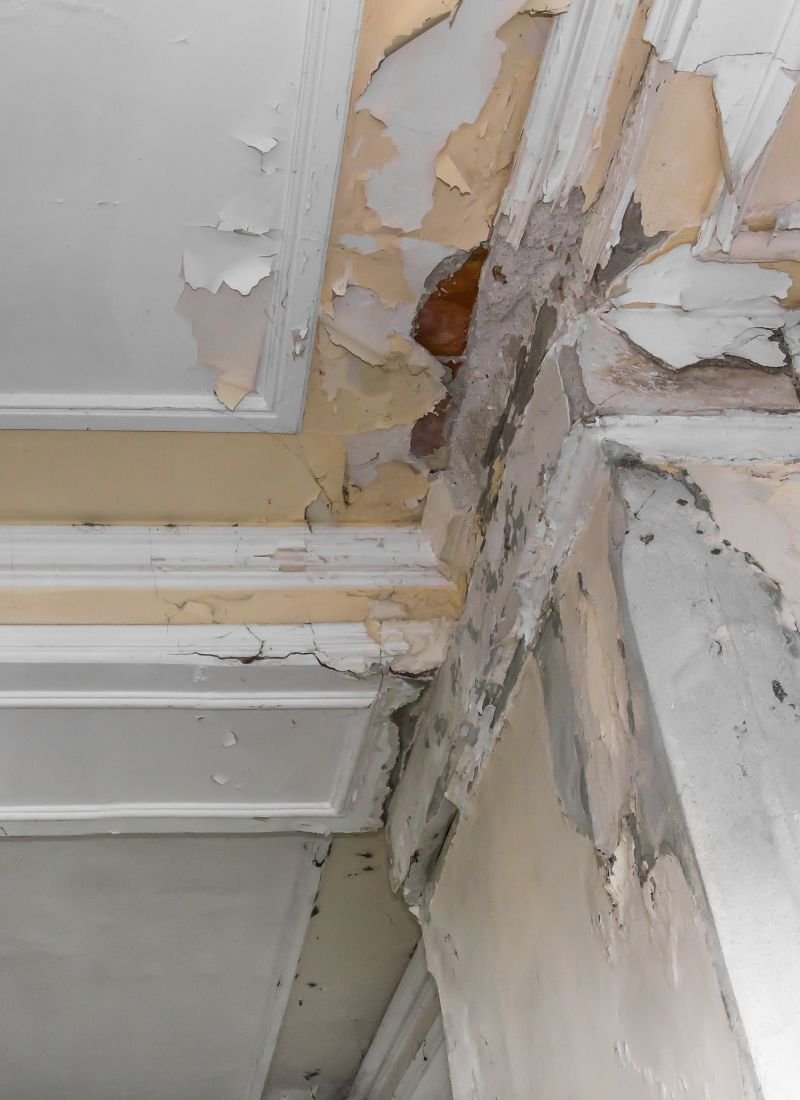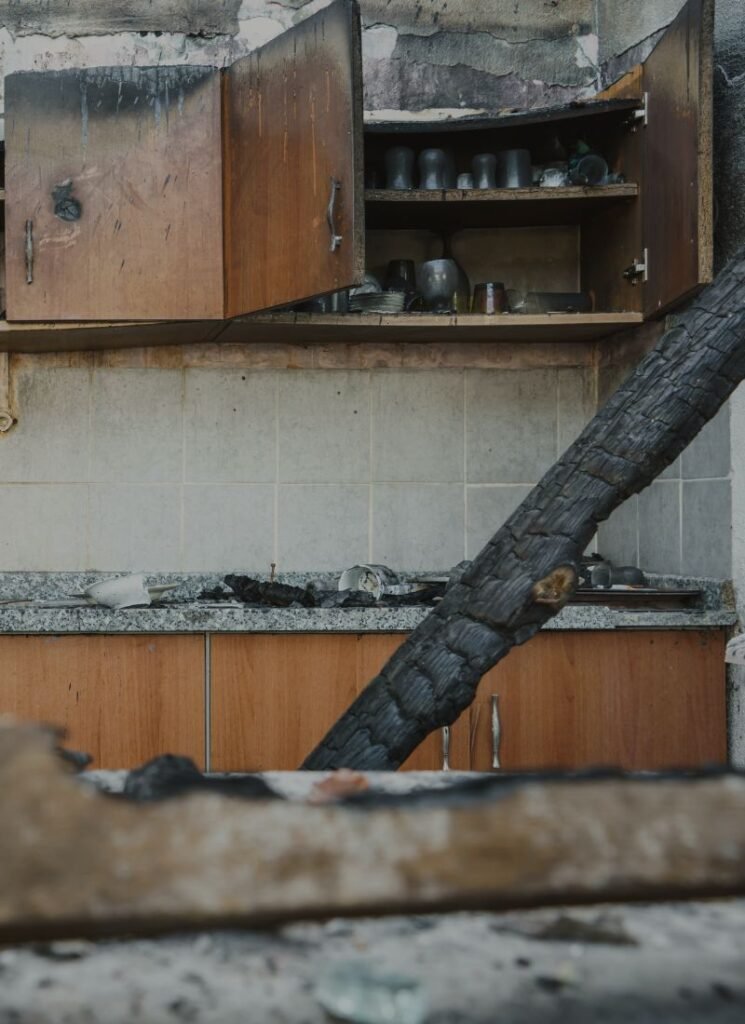When storms unleash their powerful forces, they often bring not only torrents of rain and gusts of wind, but also a wave of destruction that leaves a trail of damage in its wake. While the visible wreckage is evident, there’s a hidden peril that often goes unnoticed – the potentially contaminated water that accompanies the storm. Understanding the hazards of stormwater, its categories, and the health risks it poses is crucial for safeguarding both our properties and our well-being.
“In the midst of life’s storms, find solace in the knowledge that every tempest eventually gives way to the calm of a new dawn.”
—— Unknown
Unleashing Nature’s Fury: Unveiling the Hidden Dangers of Storm Damage
Stormwater, particularly during heavy rainfall, can carry with it a mix of pollutants, debris, and contaminants from various sources. These contaminants can include sediment, chemicals, pet waste, oil, and more, creating a cocktail of potential health hazards. As the stormwater accumulates and floods, it has the potential to breach sewage systems and mix with wastewater, leading to a dangerous combination of untreated sewage and debris.
One significant danger lies in the presence of harmful bacteria that can thrive in floodwaters. The water can become a breeding ground for pathogens, including E. coli and other disease-causing microorganisms. The contaminated water can infiltrate homes, exposing inhabitants to a wide range of health risks. Even after the floodwaters recede, the pathogens can linger, posing a continued threat.
To assess the potential risks posed by stormwater contamination, the Environmental Protection Agency (EPA) classifies water into three categories:
(Category 1)
Clean Water – This includes rainwater or water from a clean source, posing no immediate health threat. It can come from rainfall and melting snow.
(Category 2)
Grey Water – This is water that contains some level of contamination and has the potential to cause discomfort or illness if ingested. It can come from sources like dishwashers, washing machines, and sink drains.
(Category 3)
Black Water – The most dangerous category, black water is highly contaminated and can contain harmful pathogens, chemicals, and other hazardous substances. This water can come from sewage backups, flooding from rivers or streams, and standing water.



In conclusion, understanding the potential risks of storm damage goes beyond structural concerns. It delves into the unseen realm of waterborne contaminants that can jeopardize our health. In the aftermath of a storm, it’s crucial to exercise caution, prioritize safety, and seek professional assistance for proper restoration. By doing so, we can mitigate the health risks posed by stormwater contamination and safeguard our well-being amidst nature’s fury.





